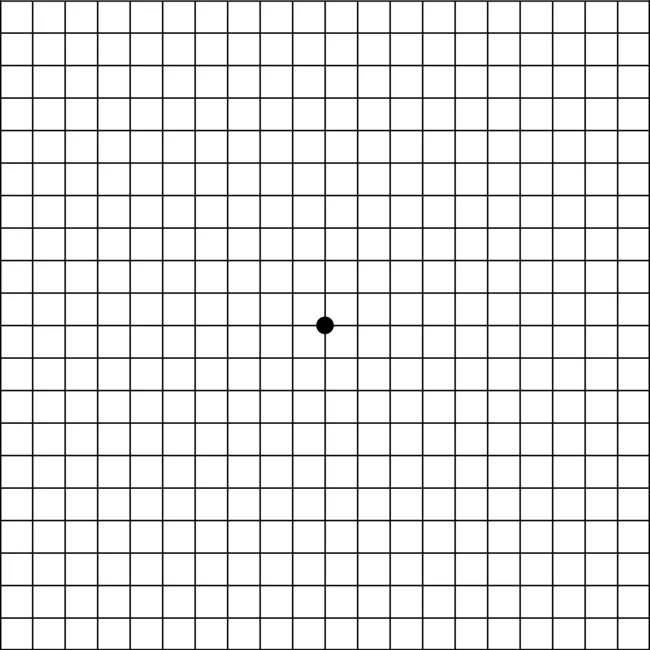Macular Degeneration Symptoms
Macular degeneration is the leading cause of blindness and vision loss for people in America over 65 years of age.
What Is Macular Degeneration?
Macular degeneration occurs when the macula (central part of the back of the eye) deteriorates. The macula region of the retina is responsible for central vision as well as fine or detailed vision tasks. If the macula is significantly damaged due to macular degeneration or an eye injury Oklahoma, patients are unable to read and write or perform other detailed tasks.
This disease, also referred to as AMD or ARMD (age-related macular degeneration), is the leading cause of blindness and vision loss for people in America over 65 years of age. It is estimated that close to 2 million people in the United States have significant difficulty with detailed vision tasks due to AMD. As a larger portion of the population reaches 65, this number is expected to reach 3 million by 2020.

Symptoms of AMD
Dry AMD causes a slow and painless loss of vision, but wet AMD can cause rapid vision loss. Over time vision can become distorted, due to the swelling and leakage of tissue around the macula, and detailed vision can be lost. A retinal examination can often detect AMD before a patient notices the visual losses. This is, in part, because one eye normally progresses more rapidly than the other, and unless the patient is looking at images with only one eye, he or she would not notice the loss of vision in the worse eye.
During a retina examination, the BVA eye doctor may ask the patient to view a grid pattern, called an Amsler grid. A distortion detected in the grid pattern by the patient may be a sign of the disease. Once detected, the doctor may order other special tests like retinal photographs, Optical Coherence Tomography (OCT), or Fluoroscein Angiography (FA) to determine if AMD is the wet or dry form, and the extent of its progression.
Dry AMD
Signs of AMD can be detected early in a thorough dilated examination provided by your optometrist. The first physical sign of AMD is the development of drusen or yellowish spots that form in the back of the eye, which are thought to be deposits of eye tissue from the macula region. As the tissue dies due to AMD, debris from the dying cells builds up in the retina. Drusen is an early sign of the dry form of AMD, which accounts for about 90 percent of macular degeneration cases. In the dry form of the disease, the macula region is thinning and, over time, it becomes too thin to function properly. The reason for this thinning is not known, and at this time, no treatment options are available to cure dry AMD. While wet AMD accounts for a smaller percentage of cases, the resulting vision loss is much more drastic.
Wet AMD
The wet form of AMD occurs when new blood vessels begin to grow around the macula region. These vessels grow due to a biological process called neovascularization. Neovascularization occurs when the body suddenly increases the development of new blood vessels in an attempt to bring more oxygen and nutrients to damaged tissue. Unfortunately, the new blood vessels in wet AMD are abnormal and cause more damage because they begin to leak blood and fluid. This leakage can cause scarring to the delicate tissues in the macula region that capture and interpret visual images. The leakage can also cause an additional eye injury Oklahoma due to swelling of the macula region, known as macula edema.

